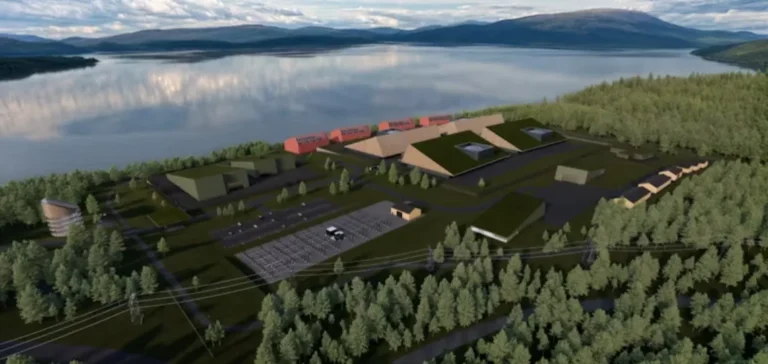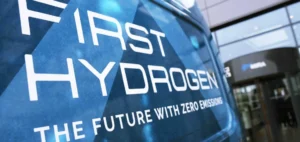Norway has formally submitted a proposed environmental impact assessment programme for a nuclear power plant project to several neighbouring countries, marking a major regulatory milestone in the development of the planned site between the municipalities of Aure and Heim. This procedure is conducted under international obligations outlined in the Espoo Convention, which requires cross-border consultation for projects likely to have a significant environmental impact beyond national borders.
The power plant, to be built in the Taftøy industrial park, is led by developer Norsk Kjernekraft. It is expected to consist of several small modular reactors (SMRs), with a total estimated output of 12.5 terawatt-hours (TWh) per year, according to preliminary plans. The project is still in the planning phase and must pass several regulatory steps before a potential construction permit can be requested.
Government ministries involved in preliminary assessment
In preparation, four Norwegian ministries – Energy, Health and Care Services, Justice and Public Security, and Climate and Environment – mandated national technical authorities to develop an environmental impact assessment programme. Three agencies – the Norwegian Water Resources and Energy Directorate, the Norwegian Radiation and Nuclear Safety Authority, and the Norwegian Directorate for Civil Protection – were assigned this task.
A first round of public consultation was launched nationally in spring 2024, with a submission deadline in the autumn. The new cross-border phase allows neighbouring countries to examine the programme and submit their comments by 6 January 2026. Feedback will then be forwarded to the Ministry of Energy, which is overseeing the project.
A milestone for Norway’s nuclear strategy
This is the first of Norsk Kjernekraft’s nuclear projects to reach this level of advancement. The company is currently developing ten similar initiatives across various municipalities. It stated that completing this consultation phase would represent a regulatory turning point for its national plans.
“Once the neighbouring country notification is completed, the ministry will be able to validate the final assessment programme,” the company said. “This will define a clear methodology for processing the remaining project notifications.” Chief Executive Officer Jonny Hesthammer noted that this fast-track process could save at least one year compared to full parliamentary review.
According to the company, successful implementation of all ten projects could enable Norway to double its current electricity production by 2050.






















